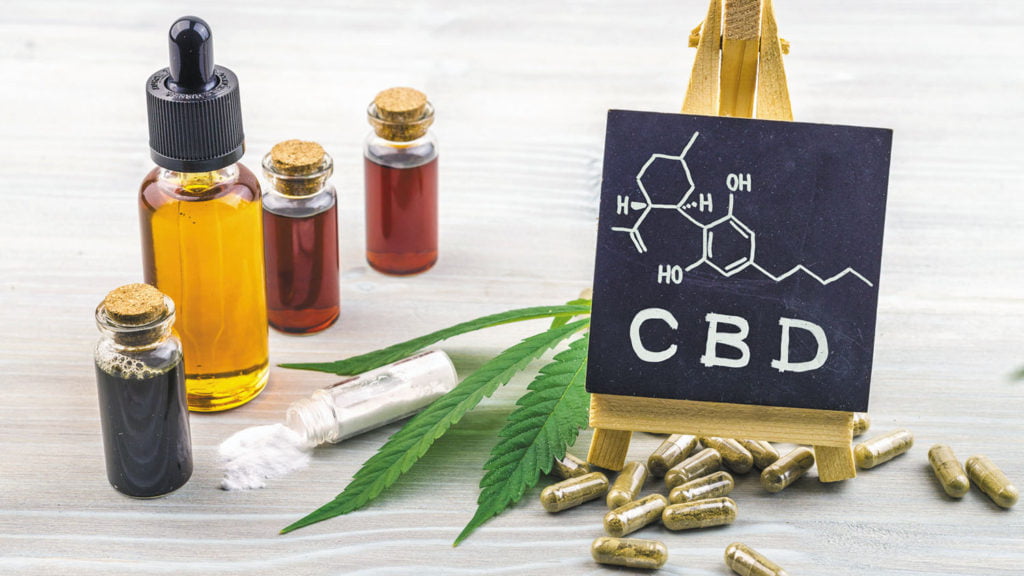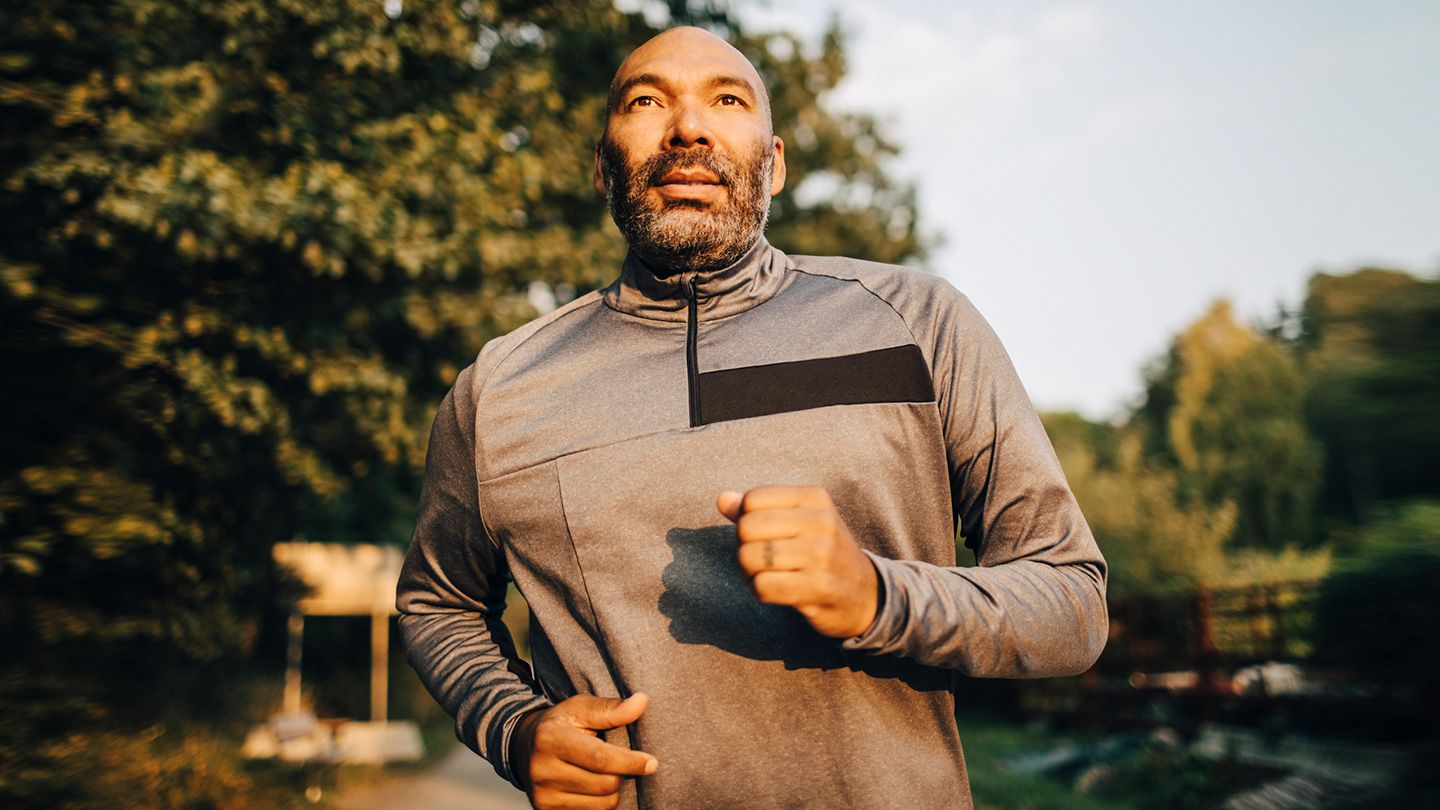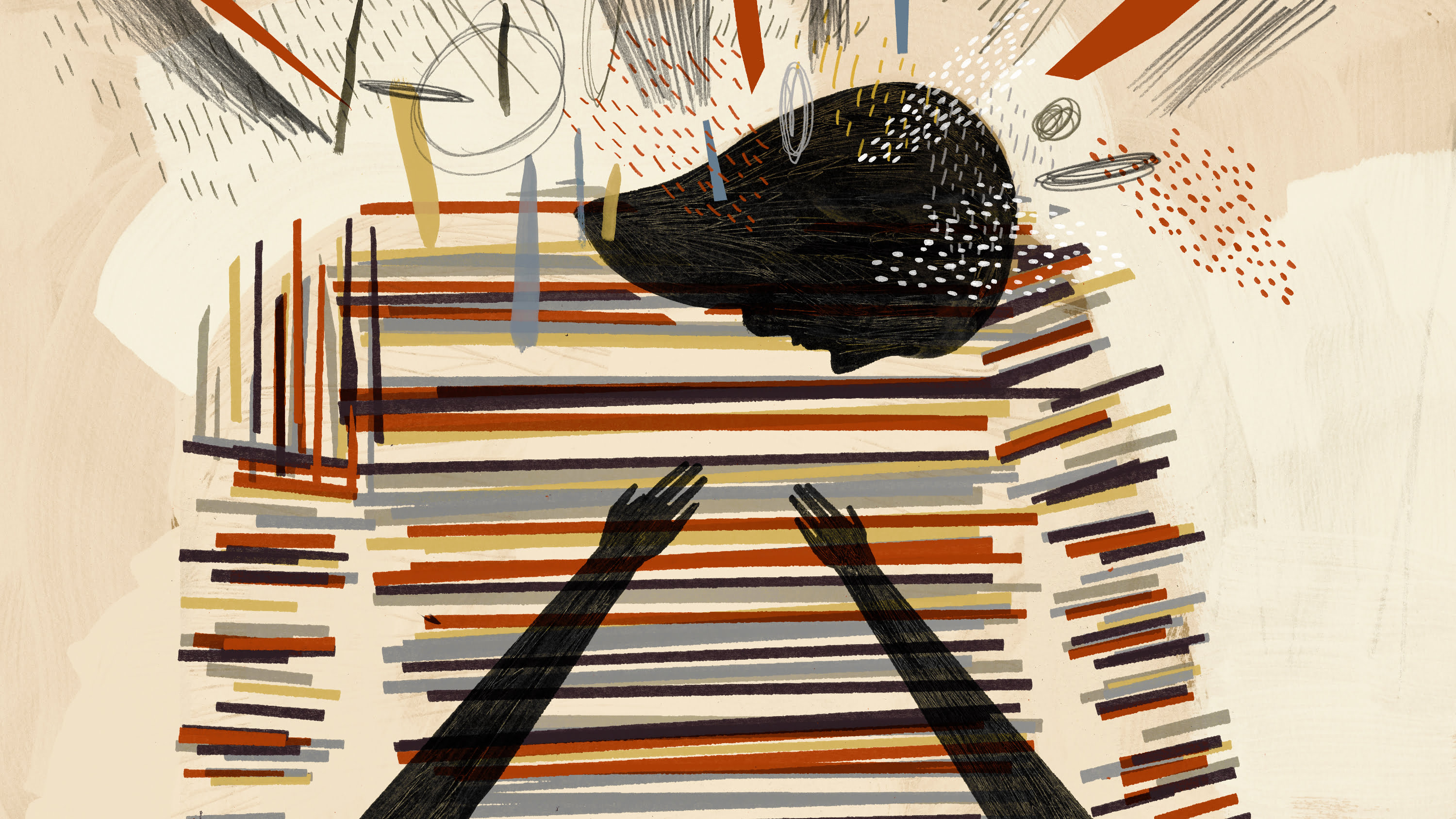
The global industrial hemp market is projected to be worth over $26 billion by 2025. If you’re thinking about growing hemp for CBD, there’s no better time to join in! This market is extremely lucrative, but still in its infancy.
If you want to get in on the ground floor of the hemp-growing market, you’re in luck. Hemp is incredibly easy to grow and does well in most areas of the United States. You could start with a few plants right in your backyard!
Growing hemp for CBD takes a little more attention to detail. However, it’s a great way to introduce yourself to the exciting world of cannabis production.
What Is Hemp?
The 2018 Farm Bill, which we’ll talk more about later, defines hemp as:
“The plant Cannabis sativa L. and any part of that plant, including the seeds thereof and all derivatives, extracts, cannabinoids, isomers, acids, salts, and salts of isomers, whether growing or not, with a delta-9 tetrahydrocannabinol concentration of not more than 0.3 percent on a dry weight basis.”
This means that industrial hemp is a variety of Cannabis Sativa that contains less than .3% THC. Hemp is rich in other cannabinoids and terpenes, though, and has huge amounts of CBD.
Though hemp is a species of cannabis, it is not the same as marijuana. Because industrial hemp stays under the .3% THC limit, its leaves and flowers are not considered marijuana. Marijuana can also be cultivated from cannabis Indica and cannabis Ruderalis in addition to cannabis Sativa.
Why You Should Grow Hemp
Hemp is a versatile and hardy plant. It can grow in most climates and enriches the soil it grows in instead of depleting it. All parts of the hemp plant can be used: the stems, roots, leaves, flowers, and seeds all have unique applications.
Hemp can be grown indoors or outdoors. Get your soil tested before planting to make sure it can support a full crop. If you’re a first-time grower or have subpar soil, growing indoors is very beginner-friendly.
Also, hemp is an easy plant to grow! It’s hardy against cold weather, pests, and fungi. There are few major risks associated with hemp cultivation.
Whether you’re planning to process your hemp into fabric or pure CBD, you can make a tidy profit. Hemp and cannabis products are having a moment in the cultural zeitgeist. Stating a crop of industrial hemp is a worthy investment in your future.
Staying Legal
Even though hemp is a beginner-friendly plant, growing is heavily regulated by the FDA. The Farm Bill of 2018 (which we mentioned earlier!) legalized hemp crop cultivation in multiple states. This bill is how we define industrial hemp and the approved farming methods for it.
Most further regulation is up to the states. Many states have formed regulatory boards that solely focus on hemp sales. Therefore, regulations can vary from state to state, with some being stricter than others.
If industrial hemp growing is legal in your state, check the state guidelines before proceeding. There’s often a lengthy application process, and you’ll have to check in with the government to report your crop every year. This process is slightly different in each state, so prepare to research!
Growing Hemp For CBD
Growing hemp specifically for CBD extraction requires extra attention and care. The plants need to be spaced farther away from each other. When growing for CBD extraction, there should be no more than 1,600 plants per acre.
You’ll need to learn how to spot male and female plants. Male plants trigger pollination in hemp fields, which will make the female plants go to seed before the crop has been fully cultivated. This will cause the plants to produce fewer flowers and leaves, where most of the CBD is contained!
When growing hemp for CBD, weed out the male plants early. This will lead to a bigger crop and more success in your extraction process. Your hemp flower production will also skyrocket.
Though you’ll have to show extra attention to your hemp plants, the profit could be worth it. One study by Cornell University shows that hemp fields can produce up to $750 per acre!
Pesticide Use When Farming Hemp
Currently, there are only a few pesticides approved for use on industrial hemp. Most of these are bio-pesticides, but one conventional pesticide is on the approved list as well. Your state’s regulatory boards will check your pesticide usage to make sure it falls in line.
The good news, though, is that hemp is an easy plant to grow organically. It is naturally disease- and pest-resistant. In some climates, you can get away with using nothing but vinegar to keep pests away from your plants!
If you decide to grow organically, that can be a great selling point for your CBD business. Modern customers are more aware of their intake than ever. Advertising your CBD as pesticide-free can give you a competitive advantage.
Other Applications For Hemp
As mentioned before, hemp is a versatile plant. If you have stalks or stems left over after extracting CBD, they can be put to good use. You can also process any male plants that you cull before cultivation.
Offering a variety of hemp products will increase your revenue and profit. Diversifying your output is never a bad idea.
Here are a few other uses for industrial hemp plants:
- Fiber
- Textiles
- Yarn
- Rope
- Milk
- Flour
- Paper
- Protein Powder
…and more!
Grow Forth And Grow Hemp!
We hope this article helped answer your questions about growing hemp for CBD. The cannabidiol market is an exciting frontier, and anyone with good soil can join in. Growing hemp is accessible and can even be fun if you go in with the right attitude!
For more advice and ideas, flip through our blog. We publish up-to-the-minute advice and opinions about the world around us. Read on to keep yourself up to date in these uncertain times!








